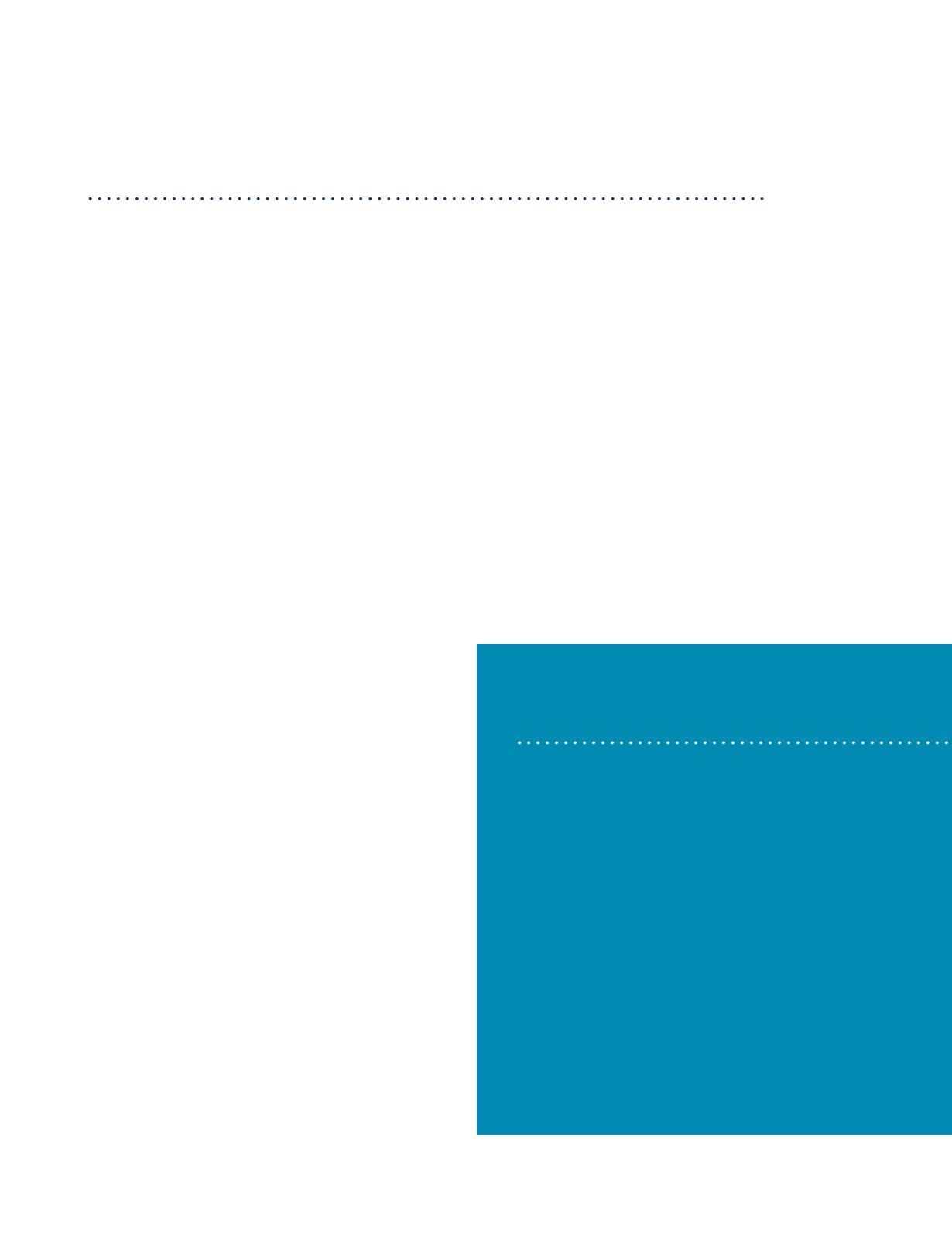

SUSTAINED PRESSURES ON OPERATING COSTS
AND A SHIFT IN END-MARKET DEMAND
Continues to drive a relentless need for
manufacturers to increase labor and capital
productivity
But what type of labor is required, and how do
you attract and retain the up-skilled workers able
to drive efficiencies from the production line of
tomorrow?
TRADITIONAL SUPPLY CHAINS AND BUSINESS
MODELS CONTINUE TO BE DISRUPTED
New competitors leverage emerging technologies
and embrace digital capabilities in order to identify
new ways of increasing profitability to generate
growth.
But in which markets are the cost advantages
of a more productive, automated plant likely to
increase a locations ability to drive on-shore or
re-shore initiatives
alongside
acting as a global
manufacturing hotspot?
A NECESSITY FOR SMARTER PRODUCTS,
SMARTER PRODUCTION AND SMARTER SUPPLY
CHAINS
Further changes anticipated with
Industry 4.0
But how can the blend between the physical and
digital world be leveraged? How do businesses
position themselves to match the increasing
demands of consumer markets?
COMPANIES ARE SIMPLIFYING THEIR
ORGANIZATIONAL STRUCTURES AND RE-
POSITIONING AS MORE AGILE BUSINESSES
The ability to respond quickly in an ever-changing
environment remains a key to success.
But in a sector reliant on heavy capital investment
in plant and facilities how do you retain flexibility?
LOOMING TALENT SHORTAGES ARE DRIVING
BUSINESSES TO REPOSITION THEIR BRANDS
Brand reputation is often critical in talent attraction
and retention
But where are the next generation of workers with
the right skills?
Brand risk and reputation –
What other criteria is being considered
Brand image and corporate reputation
continues to be an important contributor to
business strategies. While a brand’s image has
a more specific influence on the customers’
perceptions of product and/or service quality,
the company’s reputation has a broader influence
on perceptions of customer value and customer
loyalty. While our Manufacturing Index covers
a number of macro risk factors, it is possible
and indeed necessary to asses a number of
other local factors for manufacturers seeking to
acquire space - such as those surrounding quality
control, regulation, certification and inspection
of the assets occupiers operate from within. The
Manufacturing Index can be expanded to include
such analysis on a business by business basis.
TIMES ARE CHANGING – KEY CONSIDERATIONS
AND QUESTIONS MUST BE ADDRESSED
“A necessity for smarter products,
production and supply chain
management continues to
challenge manufacturers and their
decisions of where to locate.”
MANAGING CHANGE POSES A NUMBER OF CHALLENGES AND QUESTIONS
MANUFACTURING RISK INDEX 2017
/
5
















